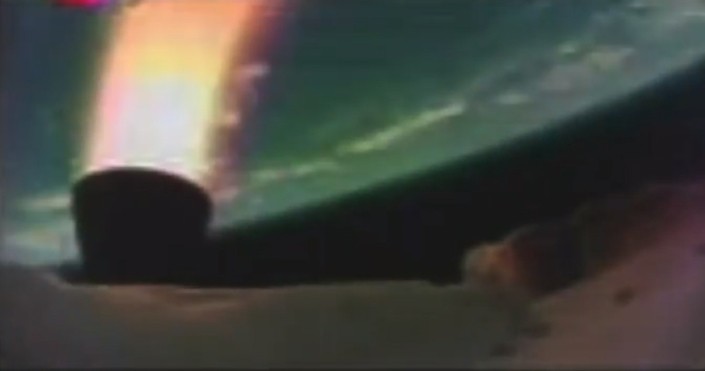
Yesterday, NASA successfully completed the supersonic test flight of its LDSD (Low-Density Supersonic Decelerator). Although the saucer shaped craft deployed the SIAD successfully, it couldn’t deploy the much hyped “mars parachute”.
As per the official statement made by NASA,
The first is a doughnut-shaped tube called the Supersonic Inflatable Aerodynamic Decelerator (SIAD), with early indications that it deployed as expected. The second is an enormous parachute (the Supersonic Disk Sail Parachute). Imagery downlinked in real-time from the test vehicle indicates that the parachute did not deploy as expected.
In order to get larger payloads to Mars, and to pave the way for future human explorers, cutting-edge technologies like LDSD are critical. Among other applications, this new space technology will enable delivery of the supplies and materials needed for long-duration missions to the Red Planet.
This test was the first of three planned for the LDSD project, developed to evaluate new landing technologies for future Mars missions. While this initial test was designed to determine the flying ability of the vehicle, it also deployed two new landing technologies as a bonus. Those landing technologies will be officially tested in the next two flights, involving clones of the saucer-shaped vehicle.
A teleconference, on the mission, has been arrange by NASA for the Journalists, today.
The Tech Portal is published by Blue Box Media Private Limited. Our investors have no influence over our reporting. Read our full Ownership and Funding Disclosure →





